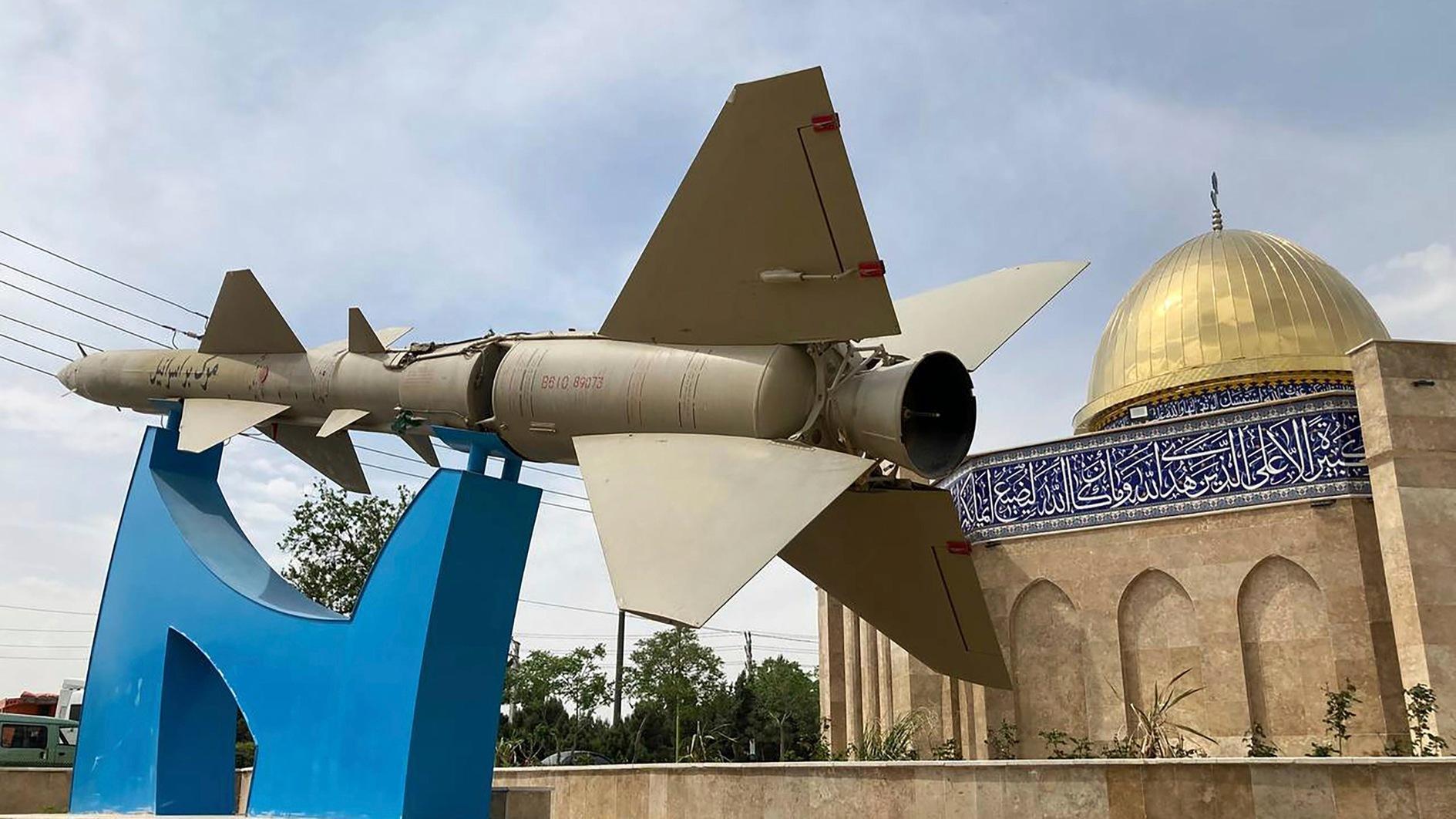Istanbul: The city paved with gold
MIPIM Fair, the leading real estate fair in the world, hosted Turkey as the “Country of Honor” along with over 20,000 guests this year in Cannes.
This year’s MIPIM, which was officially kicked off by Deputy Prime Minister Ali Babacan, has shown that there is a great international interest in the real estate projects in Istanbul.
The Istanbul projects that attracted the most attention include the 250-meter-high Metropol Tower, in which Jennifer Lopez bought a flat when she came to Istanbul; the Istanbul Finance Center project located on the Asian side of Istanbul; Zorlu Center, which cost 2.5 billion dollars; and new shopping mall projects in the city.
Renowned contractor Ali Ağaoğlu, who even paid a visit to Davos for the promotion of the Istanbul Finance Center this year, was also in Cannes to present the project to foreign investors.
According to Ağaoğlu the Istanbul Finance Center, which is expected to be completed in early 2016 and planned to be bigger than New York’s, London’s and Dubai’s finance centers, will cost about 4.5 billion to 5 billion dollars and employ 30,000 people.
Doubtlessly, there are innumerable megaprojects in Istanbul.
The third Bosphorus bridge, which is estimated to cost 2.5 billion dollars; a third airport that costs 6.4 billion dollars and the tender of which will be held in early May; the Kanal Istanbul project, which will connect the Black Sea and Marmara Sea on the European side; and the urban transformation project, which involves 70 percent of 1.6 million buildings in Istanbul, are among the megaprojects.
Urban transformation does not only include earthquake-prone zones, but also covers historical areas that must be preserved such as Sulukule, Fener-Balat and Tarlabaşı.
However, it is difficult to say that the administrators caught by the storm of megaprojects have concerns over preserving the historical and cultural heritage of the city, which has an 8,500-year past.
Other megaprojects that come to my mind are: Galataport, which will cover 1,200 meters of coastline including Istanbul Modern; Haydarpaşa Port, which covers the historical Haydarpaşa railway station; and Yassıada, an island located in the Marmara Sea, which is planned to be transformed into a congress center. Also, the municipality issued a tender for the Yenikapı project, although it was not approved by preservation boards since it would harm the historical peninsula.
Do not forget the giant mosque planned to be built on Çamlıca Hill. “It could be seen from every part of Istanbul,” according to Prime Minister Recep Tayyip Erdoğan.
It is possible to put these extraordinarily mobile reconstruction activities in a historical framework.
Zeynep Yelçe, an academic in Sabancı University’s history department who gave a lecture titled “History of a City: Constantinopolis-Istanbul” at Sabancı University on March 16, asked a question during the event, “Can Istanbul be an imperial capital today?” This question inspired me to write this article.
Roman Emperor Constantine attempted a great move of reconstruction when he made this little Byzantine city capital in 324 A.D.
He built ramparts, palaces, hippodromes, forums and religious places in order to make it resemble a Roman city in all aspects.
The second great reconstruction move was during the reign of Ottoman Emperor Mehmed the Conqueror, who conquered Istanbul in 1453. Like Constantine, Mehmed the Conqueror built many palaces including Topkapı, public houses, public baths, bazaars and roads in the city, which lost its old glory.
He also brought many people from Anatolia to the city, since its population had decreased to a large extent. As Yelçe said, this city has been paved with gold for centuries.
With the latest megaprojects, Istanbul somehow maintains its custom of being a capital of three empires.











